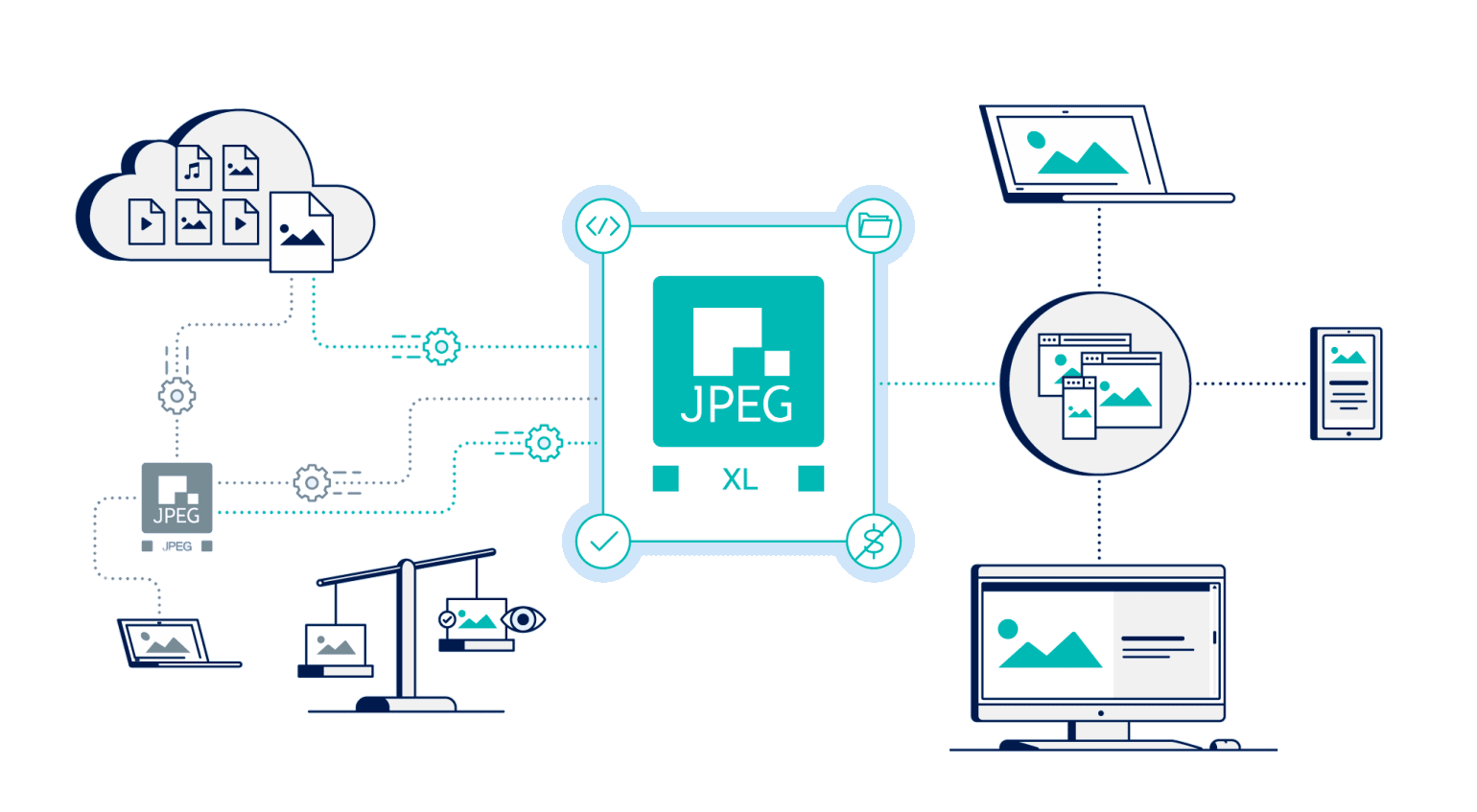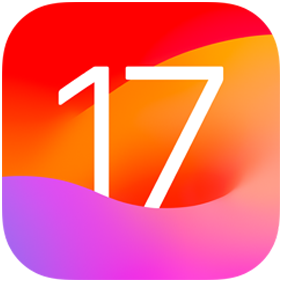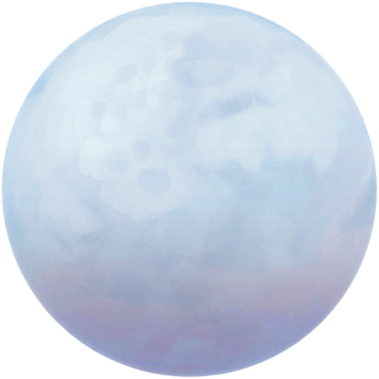
JPEG XL
JPEG XL is a next-generation image format that brings many advantages.
Legacy-friendly
Lossless JPEG recompression
Existing JPEG images can be converted to JPEG XL in a 100% reversible, lossless way. The resulting JPEG XL files will be about 20% smaller and can be converted back to the bit-exact original JPEG file.
High-fidelity
Visually lossless compression
JPEG XL can reliably apply lossy compression in a way that avoids any visible compression artifacts, preserving fidelity while reducing the file sizes significantly compared to other image formats — e.g. 60% smaller than JPEG.
HDR and Wide gamut
Stunning color accuracy
Display technology is increasingly capable of reproducing rich colors with a high dynamic range. JPEG XL is specifically designed for high-precision colors, so your images can be preserved perfectly without any compromises.
Fast
Saving and loading without waiting
Nobody likes to look at progress bars. JPEG XL was designed to be fast on the hardware of today. No special hardware is needed to save or load JPEG XL images in the blink of an eye.
Web delivery
Progressive decode, minimal overhead
JPEG XL has several features specifically for web delivery. It has sophisticated options for progressively rendering an image while it is loading, improving the user experience dramatically, regardless of network conditions. It has minimal header overhead and state-of-the-art compression also at web quality.
Lossless
High-precision, fast and compact
Unlike its predecessor JPEG, JPEG XL also supports lossless compression. Pixels can be stored at high bit depths (up to 32-bit) and images can be saved faster than PNG while being 35% smaller.
Superior compression
Small files, high quality
At all the relevant fidelity targets, from web quality to lossless, JPEG XL offers the best available compression. Compressing with surgical precision, it is unmatched in terms of quality per byte.
Authoring
Layers and extra channels
JPEG XL has several features aimed at image authoring workflows: it supports layers and can store additional channels like selection masks and spot colors. It also supports CMYK for use cases targeting printing.
Future-proof
Anticipating the future
The JPEG XL format was designed to last at least as long as its predecessor JPEG. It has no baked-in limitations regarding image dimensions or color precision, in order to be ready for not just the image technology of today, but also that of tomorrow. It can represent new kinds of image information like depth maps and thermal imaging, and has mechanisms to extend such functionality in the future in a way that can be deployed gradually.
Royalty-free
Free for everyone
Unlike some other modern formats, JPEG XL is not encumbered by patents nor does it require proprietary software. The reference software, libjxl, has a permissive open source license and is a production-ready library that can be (and already has been) integrated into a variety of image-related software.
Software support
New, but rapidly gaining traction
Since JPEG XL is a new format (standardized in 2022), software support is still limited. However the format is rapidly gaining traction, and it is already supported in some of the most popular operating systems, web browsers and image authoring software.
Operating systems
Web browsers
Image authoring software
More software with JPEG XL support: libvips | Imlib2 | Qt / KDE (gwenview, digiKam, KolourPaint, KPhotoAlbum, LXImage-Qt, qimgv, qView, nomacs, VookiImageViewer, PhotoQt) | GDK-pixbuf (eog, gThumb, Geeqie) | EFL (entice, ephoto) | Windows Imaging Component | Windows thumbnail handler | Paint.NET | XnView | ImageGlass | IrfanView | Tachiyomi | Swayimg | Chrome M91-M109 (behind a flag)
More information about JPEG XL can be found on the libjxl community website and on the official JPEG XL website.




